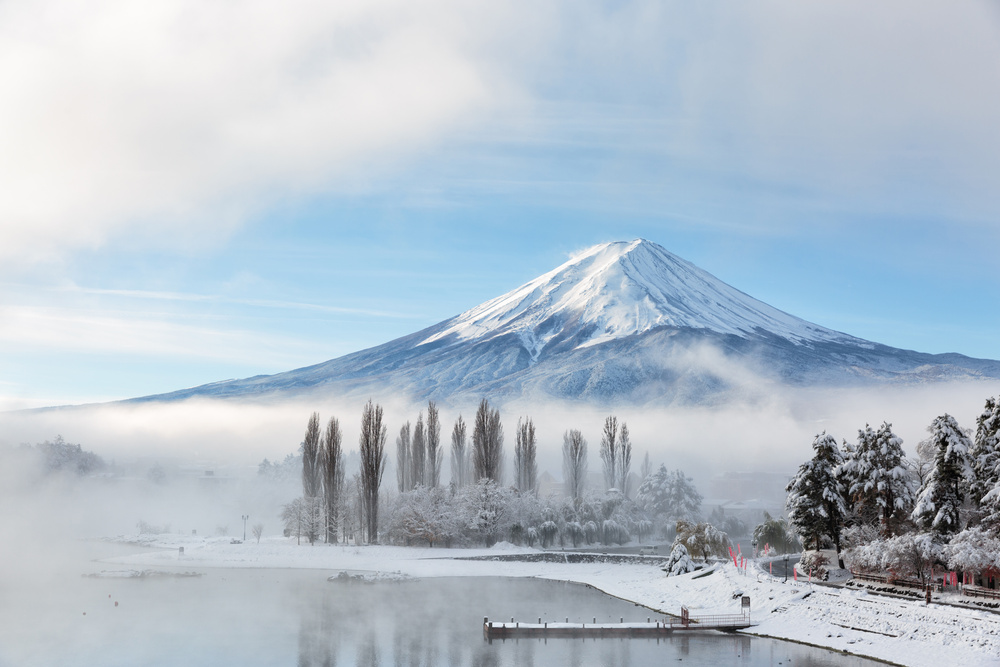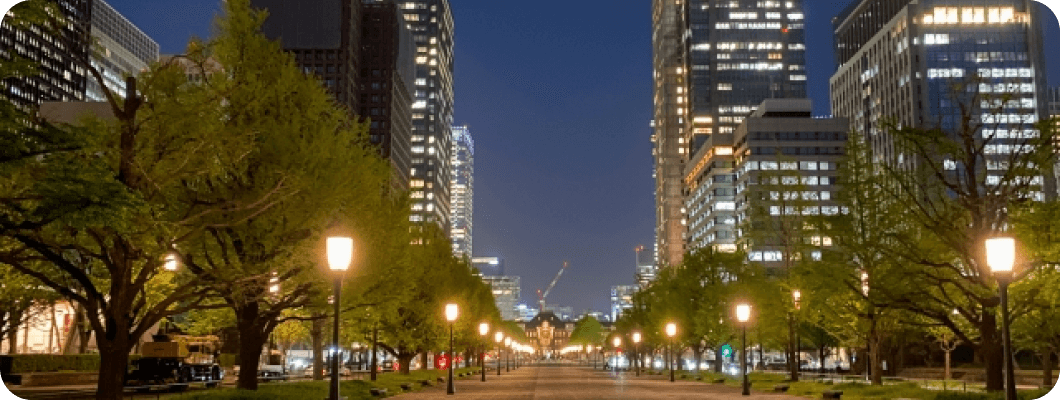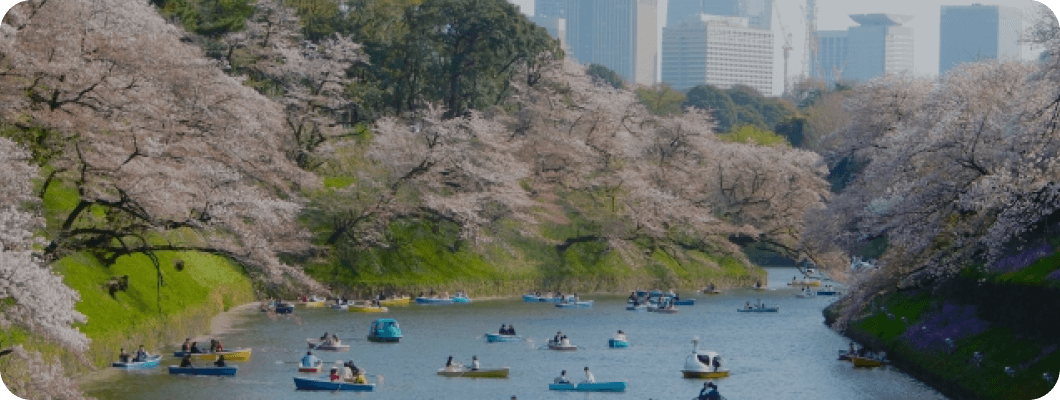
NEWS

Find out about the characteristics and attractions of Japan's four seasons! Differences with other countries are also explained⑤
BLOG

Hello everyone!
Do you know about the four seasons in Japan?
The four seasons in Japan have their own meaning and are different from those in other countries.
We would like you to get to know the four seasons unique to Japan and introduce them in this article.
Please consider moving or travelling to Japan at the right time of year.
Japan's four seasons - winter
Winter is from December to February in Japan. It is a cold season, but camellias, daffodils and wild tea flowers bloom. Some areas receive heavy snowfalls, while in others it rarely snows, and the climate varies greatly from place to place.
Characteristics of winter
It is severely cold and snow can accumulate several metres in some areas on the Sea of Japan coast and in northern Japan, such as Hokkaido.
Skiing and snowboarding are enjoyed.
[Typical flowers]
Plum blossom, narcissus.
The climate of winter in Japan varies greatly between the Sea of Japan and Pacific Ocean sides. On the Sea of Japan side, snow falls due to the moisture-laden north-westerly monsoon, and it is not unusual for snow to accumulate to more than one metre. Yamagata, Akita and Niigata prefectures in particular receive large amounts of snowfall and are known as Snow Country.
The Pacific side of the country is characterised by dry winds blowing from the mountains and dry air. There are many sunny days and not much snow.
Winter attractions
One of the attractions of winter is the all-white snowy landscape. Hokkaido, in particular, with its rich natural environment, offers fantastic snowy scenery and attracts many tourists every year. There are numerous ski resorts in Nagano and Niigata prefectures, where winter sports can be enjoyed.
Onsen (hot springs) and hot-pot meals are also an attraction in the cold winter months. A hot spring bath will warm your cold body and make you feel happy. Hot pot dishes such as sukiyaki and oden with beef are even more delicious in the cold winter months.
Winter events
Winter events in Japan include Christmas, New Year's Eve and New Year's Day.
Unlike overseas, Christmas in Japan is characterised by people enjoying the festivities with friends and loved ones, rather than spending it with family. People eat chicken and Christmas cake, give each other gifts and spend the time in a lively atmosphere. Illuminations are also held everywhere, so going to admire them is also a fun part of the festivities.
New Year's Eve and New Year's Day are the two most typical Japanese events: on 31 December, people eat New Year's Eve soba noodles and pray for longevity. People spend the New Year's Eve ringing the temple bell or watching special programmes on TV with their families.
On 1 January, the first day of the new year, people go to shrines and temples to pray for a peaceful new year. Another traditional way to spend New Year's Day is to gather with family members around a ‘osechi’, a traditional Japanese New Year's meal, filled with food that brings good luck.
It is interesting to know about the four seasons in Japan.
We hope that more foreigners will learn more about what makes Japan unique.
Look forward to seeing you next week!
instagram
realestatejapan
PDF file









